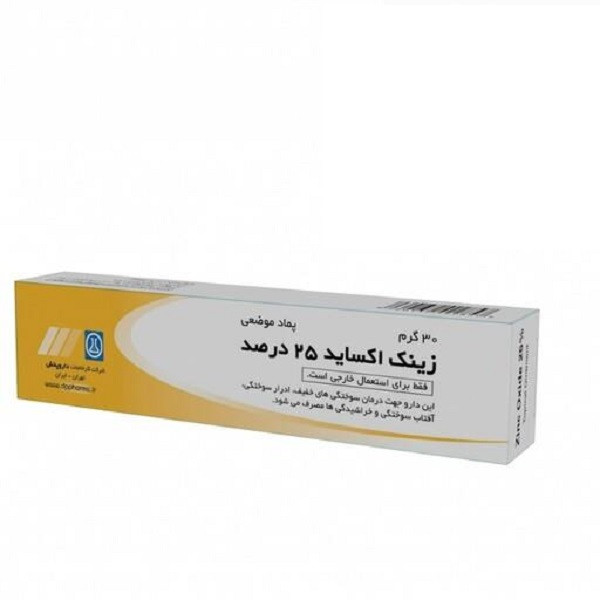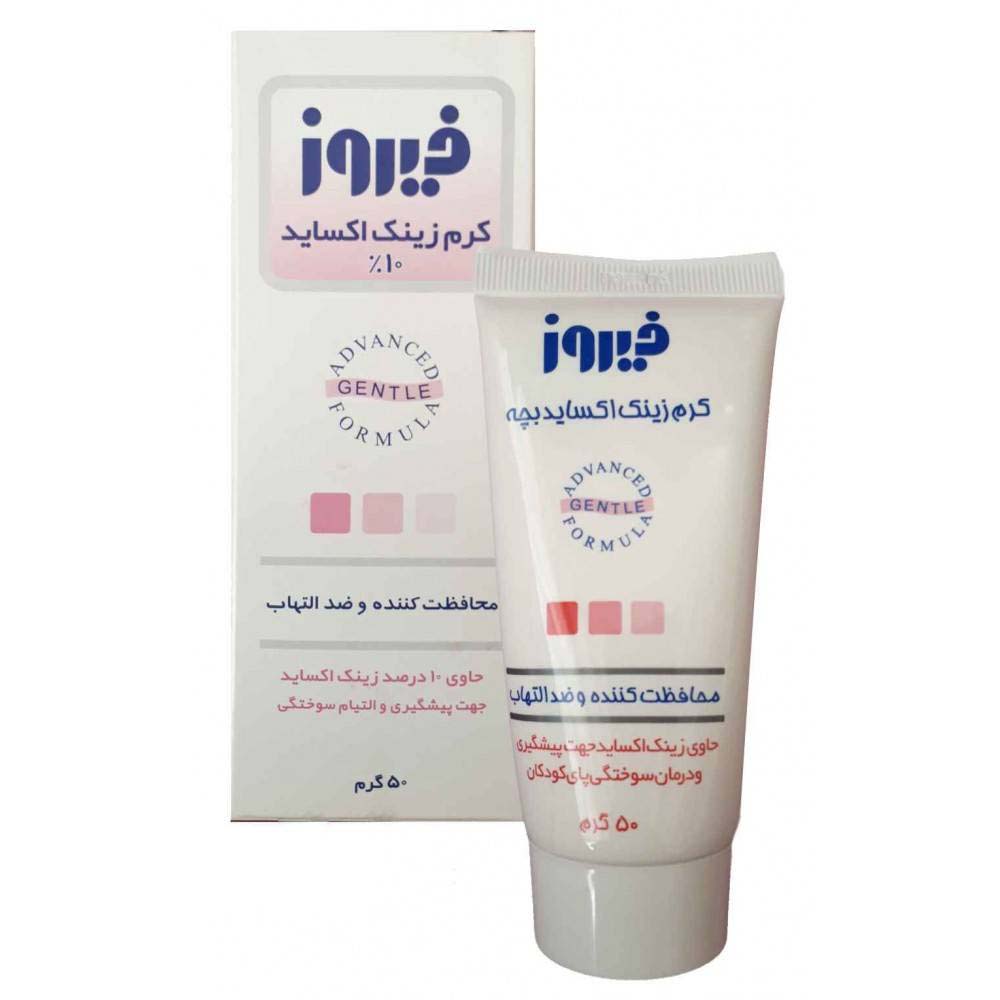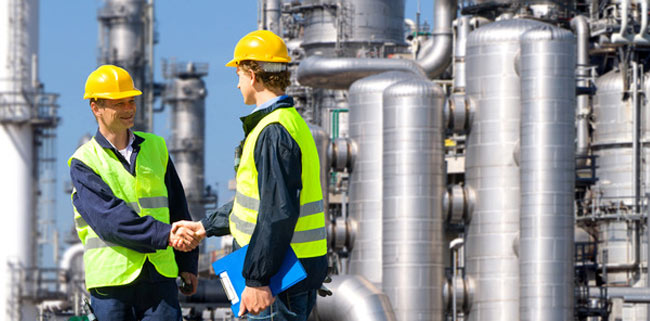I. Introduction to Zinc Oxide in Welding
Welding is a critical process in various industries, ranging from construction to manufacturing. It involves joining materials together by melting them, typically using high heat. However, welding also exposes workers to various hazards, including harmful fumes and gases. One such hazard is the formation of zinc oxide fumes during welding processes involving galvanized metals. بهترین مارک کرم زینک اکسایدZinc oxide fumes can pose health risks to welders if not properly managed. In this comprehensive guide, we explore the use of zinc oxide in welding and strategies for its conversion to safer forms.

II. Understanding Zinc Oxide
Zinc oxide (ZnO) is a compound formed by combining zinc with oxygen. It is commonly used in the manufacturing of various products, including rubber, ceramics, paints, and cosmetics. In welding, zinc oxide forms when welding or cutting galvanized metals, which are coated with a layer of zinc to prevent corrosion. When exposed to high temperatures during welding, the zinc coating vaporizes, forming zinc oxide fumes. These fumes can be harmful if inhaled, leading to symptoms such as fever, chills, headache, and respiratory irritation.
III. Health Hazards of Zinc Oxide Exposure
Exposure to zinc oxide fumes during welding poses significant health risks to workers. Inhalation of these fumes can lead to a condition known as metal fume fever, also called "zinc shakes" or "brass founders' ague." Symptoms of metal fume fever typically manifest within a few hours of exposure and may include fever, chills, muscle aches, nausea, and fatigue. While metal fume fever is usually temporary and resolves on its own, chronic exposure to zinc oxide fumes can cause long-term respiratory issues, including bronchitis and pulmonary edema.
IV. Conversion of Zinc Oxide in Welding
To mitigate the health risks associated with zinc oxide exposure, several strategies can be employed to convert zinc oxide fumes into safer forms. These strategies aim to prevent the formation of zinc oxide or capture it before it can be inhaled by workers.
a. Ventilation Systems
Implementing adequate ventilation systems in welding areas is crucial for controlling the dispersion of zinc oxide fumes. Local exhaust ventilation systems, such as fume extractors and hoods, can effectively capture airborne contaminants at the source, preventing their accumulation in the breathing zone of workers. Proper ventilation helps maintain air quality within safe limits and reduces the risk of respiratory exposure to zinc oxide.
b. Substitution of Materials
In some cases, substituting galvanized metals with non-galvanized alternatives can eliminate the risk of zinc oxide exposure altogether. While this may not be feasible in all applications, especially where galvanized metals are preferred for their corrosion resistance, exploring alternative materials can be an effective long-term solution for reducing exposure hazards.
c. Welding Techniques
Adjusting welding techniques can also minimize the formation of zinc oxide fumes. Employing processes such as pulse welding or using lower welding currents can reduce the heat input, thereby decreasing the vaporization of zinc from the workpiece. Additionally, welding at lower temperatures or using inert gas shielding can help mitigate zinc oxide formation.

d. Personal Protective Equipment (PPE)
Providing appropriate personal protective equipment (PPE) to welders is essential for minimizing exposure to zinc oxide fumes. Respiratory protection, such as respirators with high-efficiency particulate air (HEPA) filters or powered air-purifying respirators (PAPRs), can prevent inhalation of airborne contaminants. Additionally, wearing protective clothing, gloves, and safety glasses can further reduce the risk of skin and eye exposure.
V. Regulatory Compliance and Standards
Ensuring compliance with relevant regulations and standards is paramount for managing zinc oxide exposure in welding environments. Occupational safety and health administrations worldwide have established guidelines and permissible exposure limits (PELs) for airborne contaminants, including zinc oxide. Employers are responsible for implementing control measures to maintain exposure levels below these limits and providing adequate training and supervision to workers.
VI. Training and Education
Proper training and education are essential components of a comprehensive approach to managing zinc oxide exposure in welding operations. Workers should receive training on the hazards of zinc oxide fumes, proper welding techniques, use of ventilation systems, and the importance of wearing PPE. Continuous education and reinforcement of safety protocols help promote a culture of safety in the workplace and empower workers to protect themselves from potential health risks.
VII. Conclusion
In conclusion, the conversion of zinc oxide for welding involves implementing various strategies to minimize exposure hazards and ensure worker safety. From ventilation systems and material substitutions to welding techniques and personal protective equipment, multiple measures can be employed to control the formation and dispersion of zinc oxide fumes. By adhering to regulatory standards, providing comprehensive training, and prioritizing safety, organizations can effectively manage the risks associated with zinc oxide exposure in welding environments, thereby safeguarding the health and well-being of their workers.

